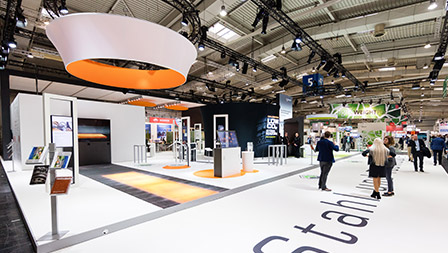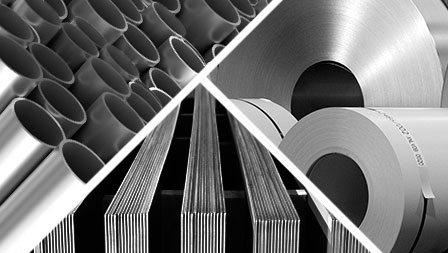Miele opts for green steel from Salzgitter AG
21.10.2021 | Salzgitter AG
- Low CO2 steel used for the first time in Miele’s stoves and ovens
- Close cooperation with Salzgitter AG geared to reducing the CO2 footprint

Gütersloh/Salzgitter – The Miele Group, one of the world’s leading manufacturers of premium household appliances, has opted for Salzgitter AG’s green steel in its drive to reduce its CO2 footprint. From November onward, the domestic appliance group will be sourcing just under 24 tons of low CO2 steel a month as part of a pilot project. The steel will then find use in all stoves and ovens with a diameter of 60 centimeters. The CO2 emissions generated by the manufacturing process are reduced by more than 66 percent in this material through harnessing climate compatible sources of energy and steel scrap. In taking this step, Miele is making a first contribution to lowering emissions in the domain of purchased goods and services (Scope 3.1) and taking an important step toward implementing its ambitious sustainability goals.
Miele has announced that, before the end of this year, it will already be operating in a CO2-neutral manner across all its locations in terms of greenhouse gas emissions from its own combustion processes (“Scope 1”) and emissions from energy suppliers (“Scope 2”). At the start of September, the company also announced a specific target for emissions from the utilization phase of Miele appliances that account for a major part of so-called Scope 3: These emissions are to have been lowered by 15 percent by 2030 in comparison with 2019 in terms of the overall consumption of all appliances in use.
“At the same time, we are intensively engaging in investigating options for optimizing purchased goods and services,” states Dr. Stefan Breit, Miele’s Executive Director for Technology. These emissions are responsible for all CO2 emissions in connection with Miele.

As from November, Miele will be using “green steel” in top covers for stoves and ovens, all of which are produced in Miele’s Oelde plant. Further applications in other Miele appliances are currently being examined. “We are delighted that we have a strong and competent partner in Salzgitter AG whose support will help is to reduce the CO2 footprint of our products even further,” Breit says. At the start of October, he visited Salzgitter AG to gain first-hand experience and, together with Hans Krug, Senior Vice President Procurement at Miele, presented the company with one of the first ovens made with green steel.
The low CO2 steel grades are produced in Peine’s mini mill and processed further in the rolling mills and galvanizing plants in Salzgitter. When steel scrap is melted, and through the deployment of climate compatible energy sources, the CO2 footprint of the galvanized material is 66 percent lower compared with the conventional production of steel via the blast furnace route. This has been verified by TÜV SÜD (German technical inspectorate) based on data from 2018 on the various process routes for producing strip steel.
As Ulrich Grethe, Chairman of the Management Board of Salzgitter Flachstahl GmbH and member of the Group Management Board of Salzgitter AG stated: “Green steel products are eliciting ever keener interest from our customers operating in a wide range of sectors. Miele has always stood for durable premium products. We are pleased that our low CO2 steel products meet the company’s high quality standards.”
Going forward, hydrogen and power from renewable energies can fully replace the carbon formerly required to produce steel, which will serve to lower the CO2 emissions from steel production by more than 95 percent.
Salzgitter AG is working on this ambitious goal through its Salzgitter Low CO2 Steelmaking transformation project (SALCOS). The key component of SALCOS consists of power from renewable sources and hydrogen that together will replace the coal currently used in the conventional blast furnace process.















